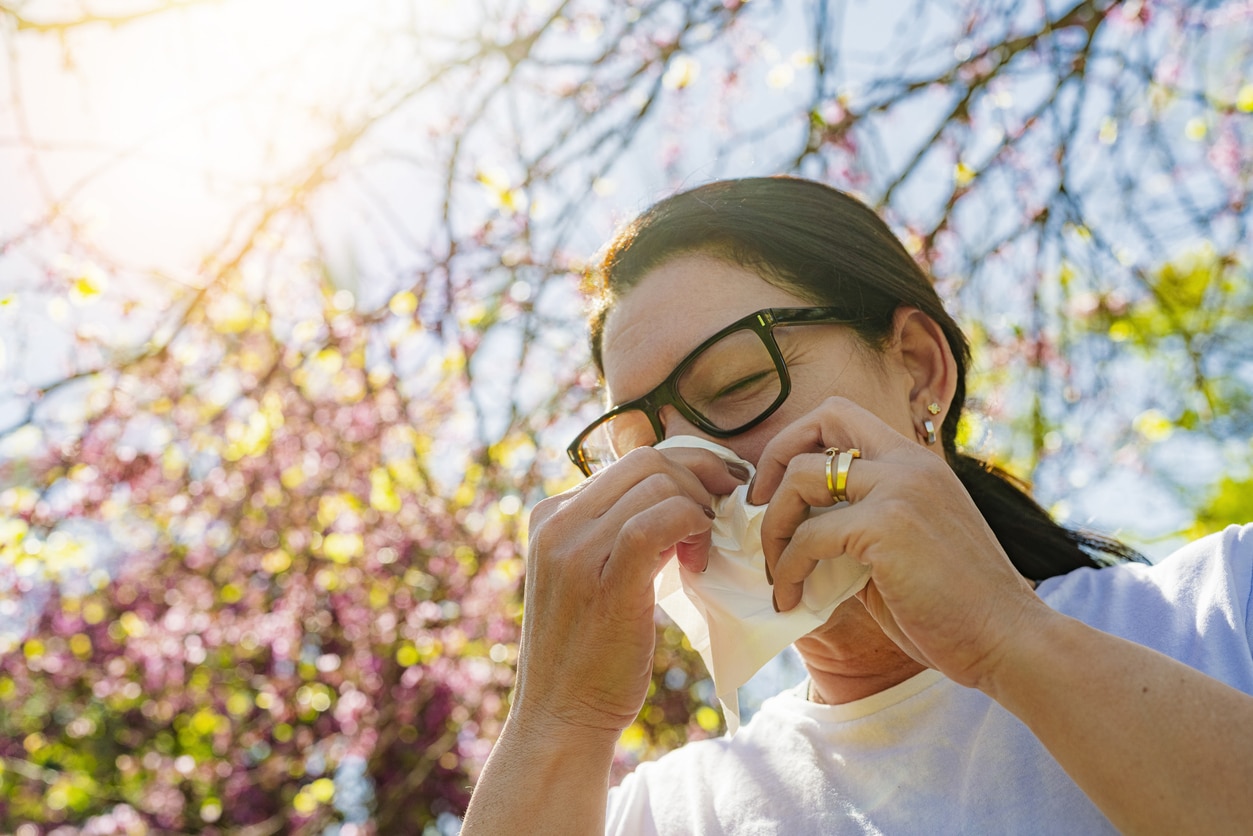Nearly 100 million Americans experience allergy symptoms each year. If you or someone in your household suffers from seasonal allergies, ragweed may be one of the culprits.
This fast-growing plant is notorious for releasing large amounts of pollen during late summer and early fall. Even when taking precautions with your seasonal allergies, ragweed growing right outside your home can still cause issues.
Fortunately, learning how to identify and remove ragweed can help reduce allergy triggers and improve outdoor air quality around your property.
What Is Ragweed?
Ragweed is a common weed that thrives in a variety of environments across North America. One of the reasons ragweed is such a problem for allergy sufferers is its high pollen production. The two most common types of ragweed are common ragweed and giant ragweed. Common ragweed can grow to be six feet tall, while giant ragweed can grow to 12 feet or more. Both are quick to spread and can take over yards, fields and roadsides along parks like Saluda Shoals Park.
Ragweed is sometimes mistaken for goldenrod, which blooms around the same time. However, goldenrod has bright yellow flowers and is not a significant allergen. Ragweed, in contrast, has green flowers and is wind-pollinated, making it far more likely to cause allergy symptoms.
Removing Ragweed

Controlling ragweed near your home can lead to a noticeable improvement in allergy symptoms, especially if you spend time outdoors. Left to grow unchecked, ragweed not only worsens seasonal allergies but can also spread quickly to neighboring properties.
Once you’ve identified ragweed, it’s important to remove it properly to avoid spreading seeds or triggering allergy symptoms. Plan your removal when the plant is still young and before it flowers, typically in early to mid-summer.
Follow these removal steps:
- Wear gloves, long sleeves, and a mask to reduce contact with pollen and plant oils
- Use a small shovel or weeding tool to pull up the entire plant, including the roots
- Place pulled plants in a sealed trash bag; don’t compost ragweed, as seeds can survive and sprout later
- Mow larger patches before flowering to keep the plants from going to seed
- Apply mulch or landscaping fabric to garden beds to prevent regrowth
If you’re dealing with a large infestation or have difficulty identifying plants, consult a local landscaping expert or county extension office for help.
Preventing Future Growth
After removing ragweed, ongoing maintenance can help keep your property free of this allergenic weed. Prevention is key to long-term control.
To minimize regrowth:
- Keep your lawn mowed regularly and maintain dense turf to crowd out weeds
- Remove weeds when they’re small and easier to manage
- Inspect borders, fence lines and garden edges frequently for new growth
- Avoid disturbing the soil more than necessary, as this can bring dormant seeds to the surface
- Replant bare patches of soil with ground cover or native plants to discourage weed establishment
Ragweed can be a nuisance for those sensitive to its pollen. By learning to recognize it early and using proactive removal strategies, you can reduce its impact on your outdoor space.
To learn more about the right allergy management options for you or a loved one, contact Palmetto ENT & Allergy to schedule an appointment today.
